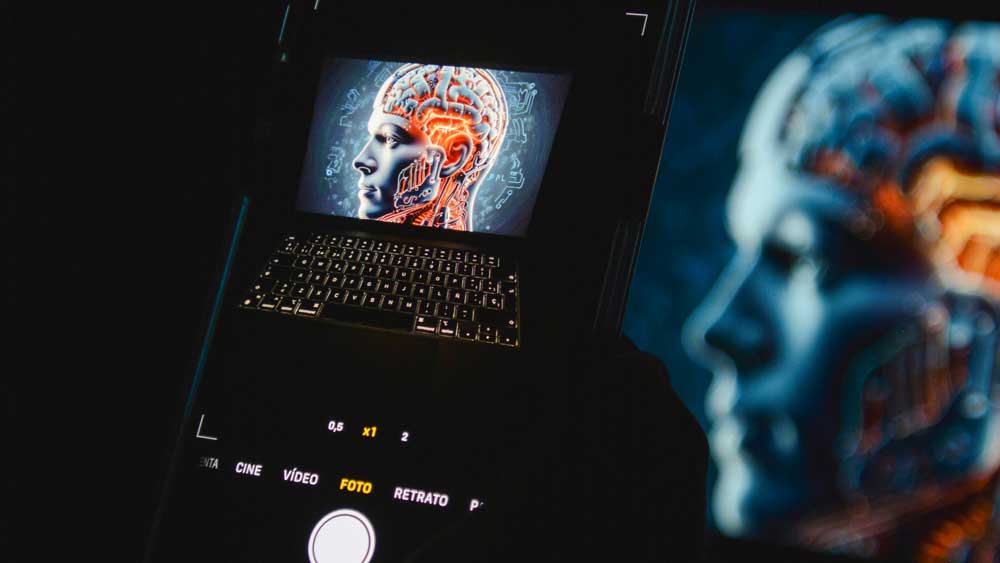
Photo by Aidin Geranrekab on Unsplash
Body
As organizations increasingly integrate generative AI (gen AI) to boost productivity, innovation, and competitive advantage, they encounter a host of challenges. Many face resistance to change, fears of job displacement, and concerns about data privacy.
|
ADVERTISEMENT |
Understanding and overcoming these challenges becomes crucial for leveraging the full potential of gen AI.
…
Want to continue?
Log in or create a FREE account.
By logging in you agree to receive communication from Quality Digest.
Privacy Policy.
Add new comment